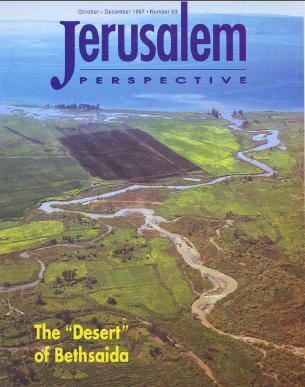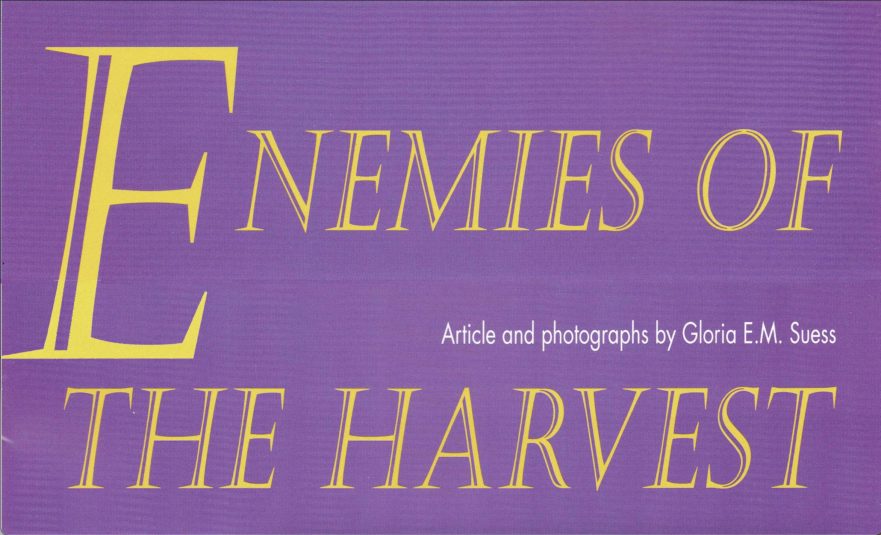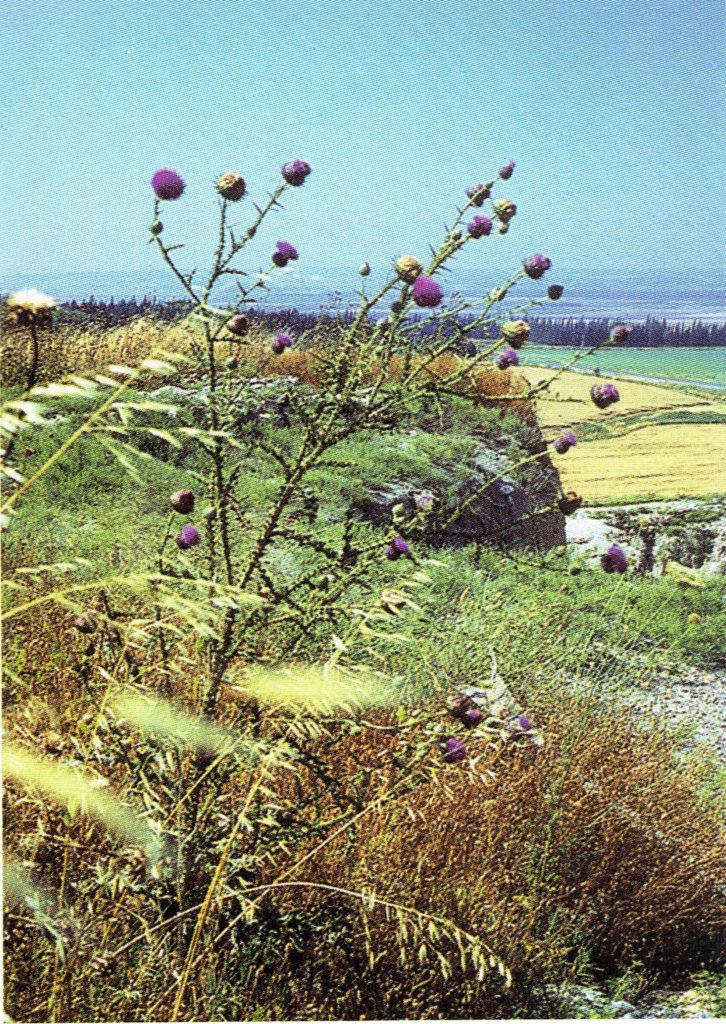A view of the fields and hillside terraces in Israel on a hot summer day could reveal two prevalent residents: stones and thistles. An old Jewish fable apprises that ninety percent of the world’s stone was dropped on Israel during creation. A close competitor to that ninety percent of stone is the percent of thorny plants. Some sources claim there are approximately two hundred species of such plants in Israel. Surely there are many more than that!
Stones and Thistles
How appropriate it is that stones and thorny plants are mentioned so often in the Scriptures! How appropriate it is that Jesus mentions them in his parable teaching! In the Parable of the Sower—or of the “Good Soil,” or of the “Seeds”—he includes both stone and thistles. Together with birds, they are enemies of the harvest.
As part of a series on Gospel flora, this article concentrates on the thistle. Yes, thistles! Most translations insist on using the word “thorns” for the Greek ἄκανθα (akantha) found in Gospel passages. As mentioned in my JP article, “Beating the (Thorny) Bushes,” both Greek and English translators of the Scriptures have had a great deal of trouble in identifying thorny plants of Israel. There are at least twenty Hebrew words in the Hebrew Scriptures that refer to thorny plants.
Paid Content
Premium Members and Friends of JP must be logged in to access this content: Login
If you do not have a paid subscription, please consider registering as a Premium Member starting at $10/month (paid monthly) or only $5/month (paid annually): Register
One Time Purchase Rather Than Membership
Rather than purchasing a membership subscription, you may purchase access to this single page for $1.99 USD. To purchase access we strongly encourage users to first register for a free account with JP (Register), which will make the process of accessing your purchase much simpler. Once you have registered you may login and purchase access to this page at this link:




![Gloria Suess [1932-2010]](https://www.jerusalemperspective.com/wp-content/uploads/userphoto/37.jpg)




























































































